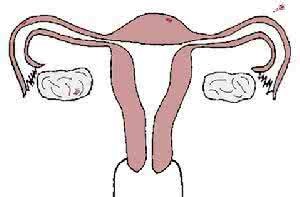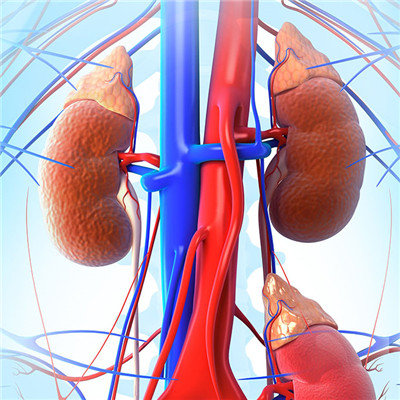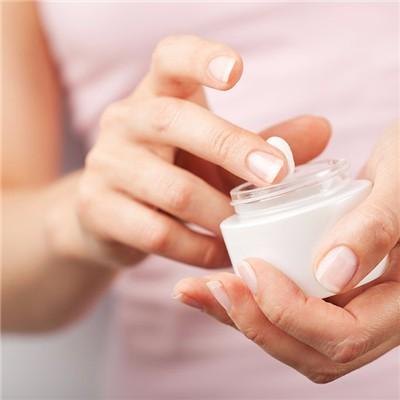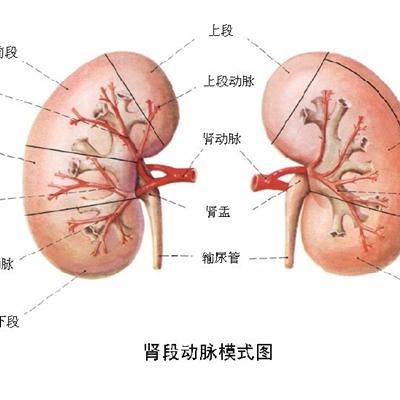What examination does urinary tract stone do
summary
In today's living environment, many factors will lead to multiple diseases, urinary calculi have become a common frequently occurring disease, during the illness often appear the symptoms of pain, which suspect suffering from urinary calculi should do what examination? Here is to introduce the clinical examination methods of urinary calculi.
What examination does urinary tract stone do
First: urine sediment cytology urine sediment cytology is one of the contents of urine sediment examination. Urine sediment examination refers to the examination of urine sediment (urine sediment) after centrifugation by microscope. In physiological or pathological urine sediment, the main tangible components are cells (red blood cells, white blood cells, renal tubular epithelial cells, etc.), various tubular types (a kind of coagulated cylindrical substance formed in the kidney and based on protein), crystals, bacteria and parasites, and tumor cells. Urine sediment examination, urine general character examination and chemical examination can complement and refer to each other.
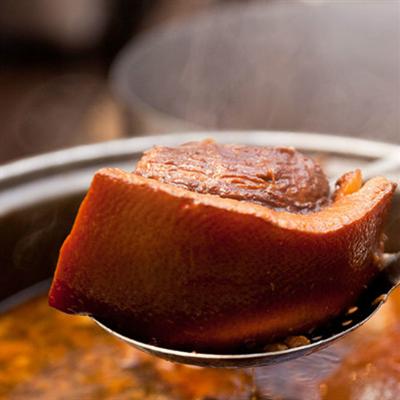
Second: urinary sediment tube type urinary sediment tube type examination is one of the contents of urinary sediment examination. The tubular type is formed by the condensation of protein in the renal tubules. The tubular type of urine is generally the evidence of renal parenchymal lesions. In the process of its formation, if there are cells, it is the cellular tubular type; if there are degenerative cell debris, it is the granular tubular type; if there are fat droplets, it is the fat tubular type.

Third: urine sediment crystallization urine sediment crystallization examination is one of the contents of urine sediment examination. There is a certain relationship between urine crystal and urine pH. There are many kinds of urine crystals, including calcium oxalate crystal, amorphous urate crystal, uric acid crystal, amine phosphate crystal, sulfonamide crystal, etc. The crystals in urine can be divided into metabolic and pathological types. The metabolic crystals mostly come from diet and generally have no great significance. The continuous occurrence of a large number of crystals may indicate that they are related to stones. Pathological crystallization is related to disease.

matters needing attention
If in daily life, when you feel pain in the urethra when urinating, you should go to the hospital in time to check whether there are stones in the urinary tract.




